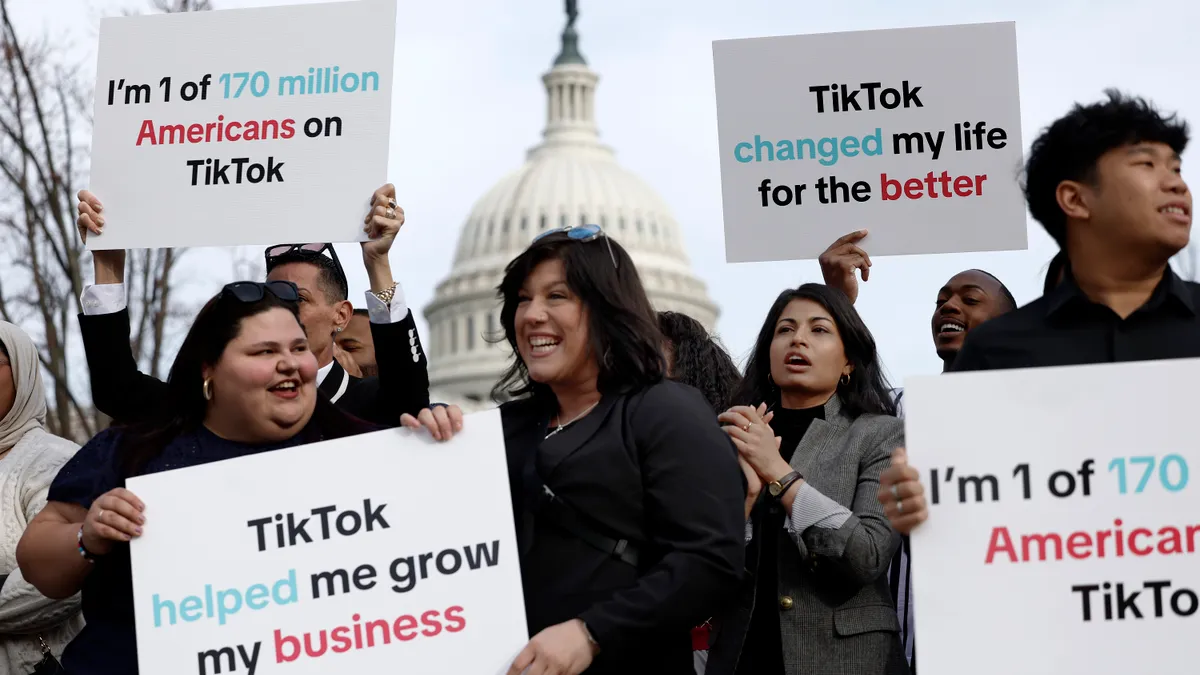“You have to spend money to make money,” as the adage goes. But it’s possible that advertising agencies are spending too much money.
According to a new Forrester report on the traditional selection process requiring agencies to devote unpaid time and resources to landing a piece of new business, U.S. agencies spend up to 17% of their annual revenues going after new business. That amounts to about $12 billion annually, which is just under the annual revenues of one of the big three holding companies.
And while it’s ultimately the agencies who are racking up the bills, they are passing on the costs to current clients, who are ultimately funding the agencies’ new business efforts, said Jay Pattisall, principal analyst at Forrester.
“That is a colossal number,” Pattisall said. “You could look at it as awful for the agencies to fund such activities, but [much of] it is coming out of the fees of the marketers [who are existing clients].”
Relic from the past
Increasingly, agencies, marketers and consultants are frustrated with the long-standing process. Concerns include the amount of resources dedicated to pitching new business, the inability of marketers to get to know the teams that will be working on their accounts, the length of the typical pitch process and the number of departments involved in making the decisions.
“An easy answer would be to point the finger at one particular set of constituents,” Pattisall said. “I think the issue is much larger than that. It has to do with a lot of inertia in all parts. It has to do with misaligned objectives, and it has to do with distributed decision making.”
All of these issues stem from a singular source, which is that the new business pitch process is a relic from a previous era that favored agency-of-record relationships and compensation models, Pattisall explained. In the current era, marketers rely on rosters of specialized agencies to provide everything from advertising to influencer marketing to social media content. Yet the ways agencies find business and are compensated for it have remained the same.
“For everything that has changed in this industry over the last several decades, from technology to the fragmentation of channels and audiences and the shifts of consumer behavior, two things have stayed the same: the way the agencies get paid and the way that agencies are selected,” Pattisall said. “And it’s really high time to modernize that along with everything else that has modernized in marketing.”
It’s not as if the industry hasn’t identified the pitch process as a problem. Last year, the Association of National Advertisers (ANA) and the American Association of Advertising Agencies (4As) collaborated on an Agency Search Simplification initiative to rectify the disconnect between agencies and advertisers.
Radical change
Recommendations from the report included five key areas where the search process could be improved. Among them were: sharing agencies participating in the review, sharing the project budget or range, increasing access to key agency decision-makers and outlining the use and ownership expectations of spec work.
Those recommendations are a step in the right direction, but they may not result in the wholesale change that seems to be necessary to fix the process, Pattisall noted.
“The work that the ANA and AAAAs have done together is admirable, but ultimately it points to incremental change,” he said. “It needs to be a more radical change.”
Forrester’s report, titled “Ditch the Pitch,” recommends a new model that takes a partnership-oriented approach that shortens the process, compensates agencies for their efforts and streamlines the decision-making process around the company’s internal priorities and external goals. Search consultants, meanwhile, would shift their focus to facilitating long-term partnerships between agencies and clients rather than trying to find new partners every few years.
“Those that are involved in facilitating selection – the consultants – should be involved in the long-term relationships as well,” Pattisall said. “That helps take these misaligned objectives and align them along the objective of partnership.”
With all of the constituents agreeing the traditional pitch model is broken, the question of the industry’s ability to change remains. After all, the current process has been ingrained for decades, and change is hard to implement, even incrementally. For an answer, Pattisall points to the recent past.
“We’ve had 20 years of digital transformation in which businesses were slowly moving toward new business models. But when the pandemic hit, they did it in six weeks,” he says. “My hope is that by voicing it and laying it out on a table in such a way that it is honest and constructive, and that the four sets of constituencies can come together to have some sort of reform.





















